Thermoplastic Elastomer Molding Guidelines:
Overmolding Design Considerations
- Select ejection mechanism(s) to minimize mechanical damage to surface.
- Consider using pneumatic air poppets as a means to create initial molded TPE surface release from tool steel – excellent method for very thin wall components. Use pneumatic poppets (air) release approach where feasible.
- Determine the most cosmetically important requirements from end user to prioritize surface needs which will guide tool details.
- Use stripper plate to spread stress across molded TPE surface.
- Where feasible, have stripper plate push against the exposed thermoplastic surfaces which are slightly less prone to surface damage.
- Avoid using “sharp” (small diameter) ejector pins in component ejection system.
- Slow ejector speed to minimize the “punch through effect” into the newly molded TPE surface.
- Use texture on mold surface to promote ejection/release.
- If clarity is required, use SPI/SPE #2 finish and use air poppets and a stripper sleeve for ease of ejection.
Surface Texture
Basic Feel of a soft over-molded surface is affected by three primary factors.
- RTP Company TPE product selection (modulus vs. hardness)
- TPE component wall thickness coupled with modulus
- Structural geometry of plastic substrate under the TPE
The Benefits of Using Custom TPE Surface Textures
- Can provide a softer feel when using a harder RTP Company TPE grade
- Can decrease total cycle time (vs. using thicker TPE across section)
- Help reduce scuff and mar
- Can assist in shedding fluid from TPE surface
- Can help “hide” gate marks and cosmetic surface defects
- Can actually increase total surface area that consumer uses with finished product
- Select appropriate RTP Company TPE to maximize bond strength to selected RTP Company thermoplastic compound




